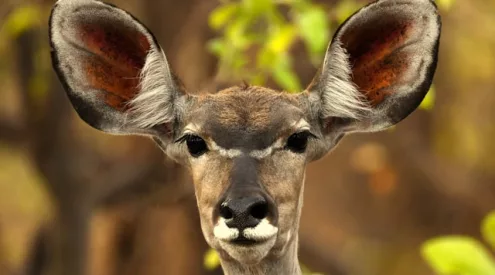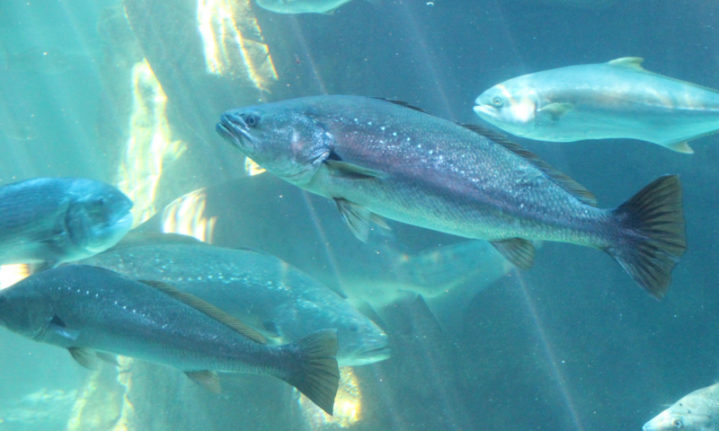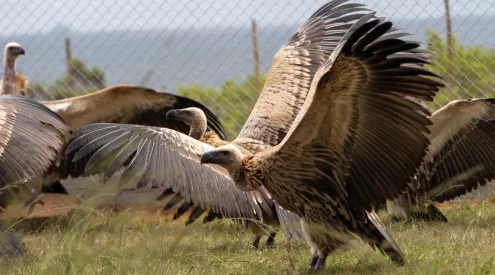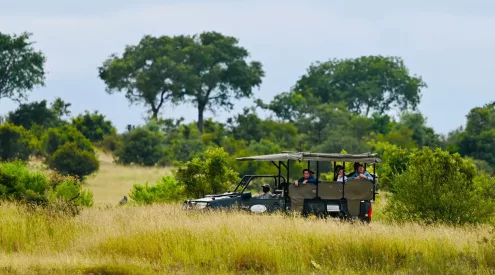South Africa’s dusky kob (Argyrosomus japonicus) population is in dire straights. This iconic recreational angling target is at far greater risk of being wiped out than was previously thought, a fact that has become increasingly evident through various intensive acoustic tagging studies over the past several years.
‘The story of the dusky kob is actually quite sad,’ explains Dr JD Filmalter, who has been studying the movement patterns of the species using acoustic tracking technology for the past four years.
Dusky kob typically live in excess of 30 years, with the oldest recorded at 42 years. They reach maturity after 5 to 7 years, with males maturing slightly earlier than females. At this age they are 90 centimetres to 1.1 metres in length. They also grow to be quite big and inhabit estuaries and shallow coastal waters, which make them highly attractive targets for recreational anglers.
‘The species occurs along our entire east coast, and just a few generations back it was highly abundant. Today catching a large size dusky kob is a rarity for most rock-and-surf, and estuary anglers,’ Filmalter says, explaining that more than 20 years ago, a population estimate based on catch statistics and biological traits put the number of breeding adults at less than 5% of their historic un-fished levels.
What Filmalter and his colleagues along the coast have ascertained is that populations are highly localised and resident. ‘They migrate far less than previously thought,’ says Filmalter, outlining how juvenile dusky kob live in their home estuary for the first 3 to 5 years of their life and almost never leave. ‘Coastal movements of adults are also highly limited.’
What this means is that every single dusky kob that is caught and kept is severely negatively affecting the future of this fish.
‘The dusky kob’s survival hinges on what happens in and around our estuaries. This is where the biggest source of the problem lies,’ Filmalter explains, highlighting how the tracking data is showing that this species could be managed at a more local level than a ‘one size fits all’ approach for almost all of its distribution.
‘Provincial, municipal or even estuary specific regulations, could go a long way to helping rebuild local populations and the stock at large. But the success of any new regulations would require vast improvements in enforcement and compliance across all fishing sectors.’
Watch a video about the tracking of these fish:
To learn more about the dusky kob’s plight, as well as the acoustic tracking research of Dr Filmalter and colleagues, read the full article here at the Mission Fly Mag.
Image: I Spot Nature




















